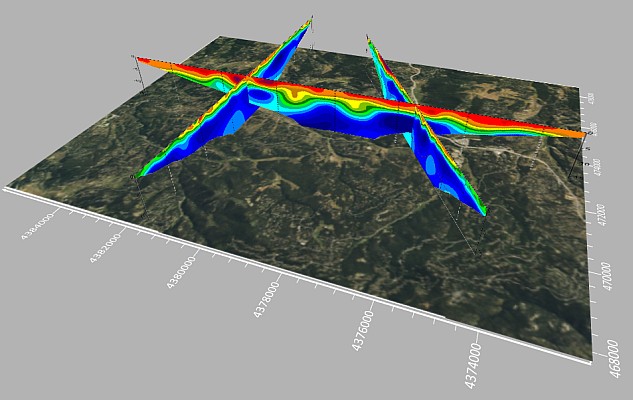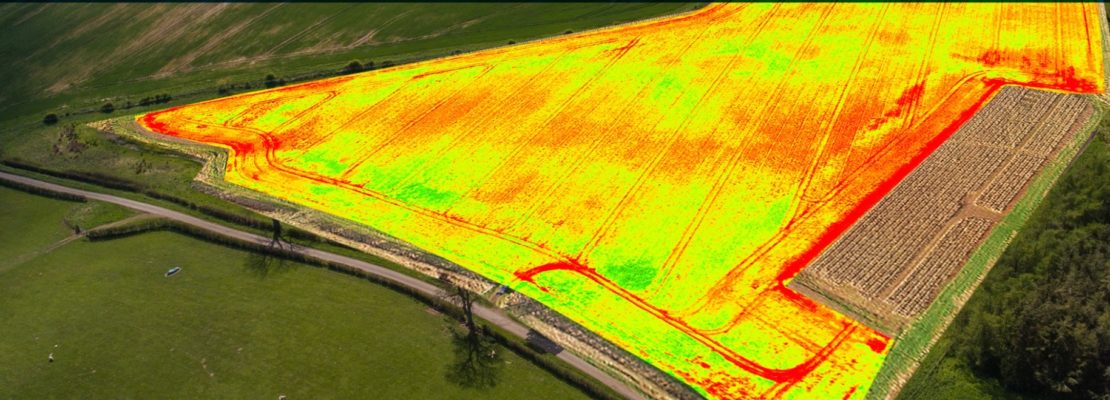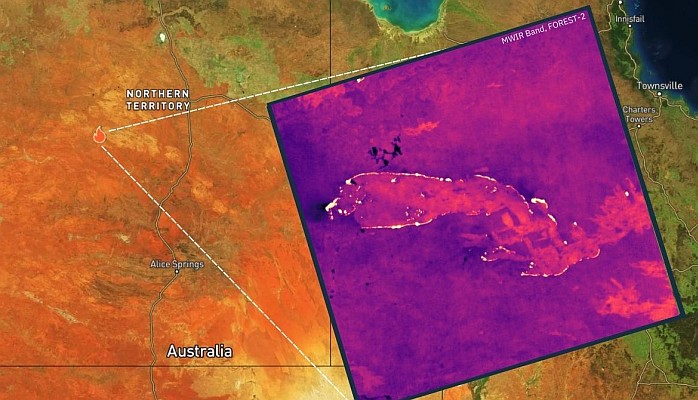 The newly designed PointSense for Revit software from FARO introduces new functionalities for significantly improving evaluation and conversion of point cloud data to Building Information Models (BIM). Laser scanning is the most efficient method to capture existing field conditions for buildings. PointSense for Revit aims to accelerate and simplify the analysis and design of this data directly in Autodesk Revit.
The newly designed PointSense for Revit software from FARO introduces new functionalities for significantly improving evaluation and conversion of point cloud data to Building Information Models (BIM). Laser scanning is the most efficient method to capture existing field conditions for buildings. PointSense for Revit aims to accelerate and simplify the analysis and design of this data directly in Autodesk Revit.
BIM has become a standard in the planning and management of new facilities. In an increasing number of countries BIM is now mandatory by law for new construction. Autodesk Revitis an established and important BIM program for architects, engineers and general contractors
As-built to BIM
Although BIM methods are increasingly common for new design, the integration of as-built data is a more complex process. Integrating as-built buildings into BIM projects requires precise measurement of the existing environment. An effective method for fully capturing conditions is 3D laser scanning. These measurements result in millions of unstructured points, so called point clouds, which must be converted into CAD models. With the latest release of PointSense this process is primarily completed directly within Revit.
PointSense for Revit provides tools for fast and precise creation of walls. Varying wall types and thicknesses can be generated automatically. Tools for fully automatic wall alignment create continuous wall ranges and orthogonal floor plans, even on varying floor levels. Wall angle tolerances can be defined freely by the user. Additional functions include automatic generation of family types based on dimensions extracted from the point cloud and the creation of digital ground models (so called Toposurface).
Creating 3D models
PointSense for Revit provides numerous 3D design utilities. The application allows for creation of 3D model lines and construction points via an all new 3D point snap within the point cloud, Users can snap freely to point cloud points in 3D space independent from the Revit working plane. User can also define planes from the scan data which can be used to define precise intersections lines, edges and corner points. Approximated Revit working planes can also be extracted directly from the point clouds.
Users can take advantage of photo-like, planar scan views to supplement the raw Revitpoint cloud data. These “VirtuSurv” views enable better identification of details and increases the precision of the point cloud analysis.
Editor
One specific highlight of the software is the ability to work with laser scan data directly within the family editor. New Revit elements such as windows, doors, columns, installations etc. can be generated from the scans and used within the model.
PointSense for Revit provides three different options for working with scan data in the editor making the creation of custom family objects simple. Construction guides for families can be mapped directly from the VirtuSurv image to the editor or users can directly import point cloud sections. Finally, users can now generate and import scaled orthoimages to the editor as a model reference.
Source: GIM International






